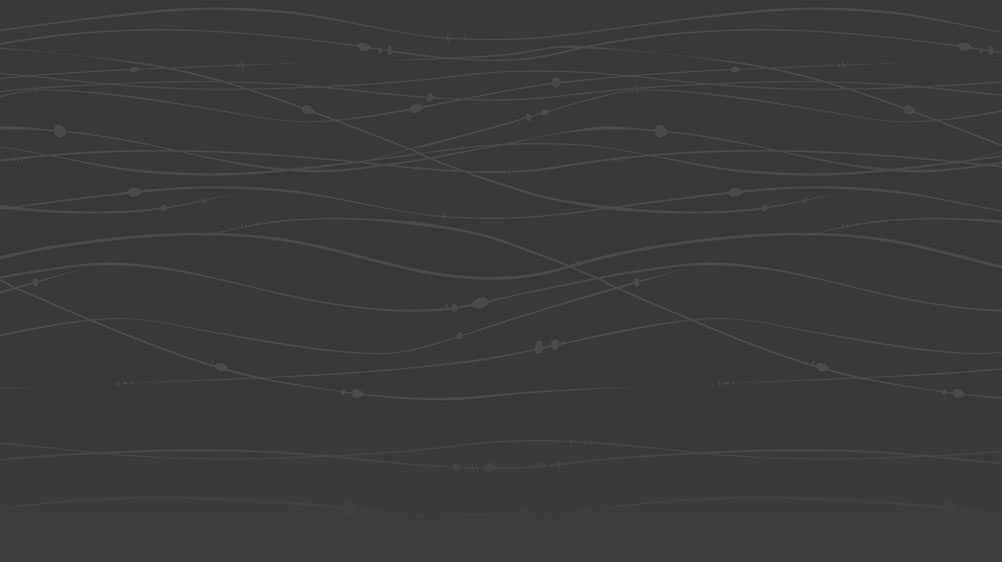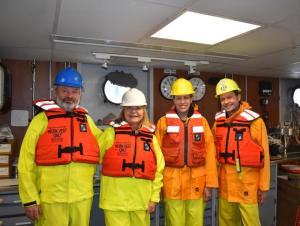

written by Allison Hrycik
In July, a team of four GLC scientists (Allison Hrycik, Sasha Karatayev, Lyuba Burlakova, and Erik Hartnett) traveled to Lake Michigan to sample on the EPA’s R/V Lake Guardian as part of the Cooperative Science and Monitoring Initiative (CSMI) along with several EPA researchers, crew members, and collaborators. We sampled benthic invertebrates at 99 stations after missing one station due to large waves that led us to seek refuge in the port of Manitowoc, Wisconsin for a night. We saw a familiar face when we met up with the ship’s crew: Josh Allan, a GLES program alumnus (M.S. 2019), is now working as a marine technician on the Lake Guardian and was a great help in sampling efforts.
In addition to our standard Ponar grabs to collect benthic invertebrates and assessment of water column conditions with a CTD probe, we estimated Dreissena populations across Lake Michigan by applying technology perfected in the 2019 Lake Erie CSMI survey. We took drop-down camera images at each station, then counted dreissenid mussels in the images. By the end of the cruise, we finished counts and were able to produce a map with preliminary Dreissena density estimates for the entire lake (see map in 2019 Fall Newsletter). Although Dreissena are extremely abundant in Lake Michigan and were found at 93% of the stations we sampled, densities appear to have declined since the last Lake Michigan CSMI survey in 2015. This decline can be at least partially due to underestimation of very small (<5 mm) mussels on videos compared to Ponar grab data. However, it is also possible that Dreissena population in Lake Michigan continues to decline. For example, Dreissena average density in 2015 was 1.8-fold lower than in 2010. Statistical significance of this decline will be tested after we process Ponar samples.
We were joined on the cruise by several collaborators working on independent research. Beth Whitmore and Taylor Herne from Cornell collected meiobenthos (cladocerans, copepods, and ostracods) and Mysis shrimp. Paul Glyshaw from the National Oceanic and Atmospheric Administration (NOAA) sampled Dreissena to determine mussels’ length-weight regressions and reproductive status. We also collected pelagic zooplankton samples for stable isotope analysis by Willie Fetzer of the University of Wyoming. All-in-all, it was a busy, productive sampling cruise, and we were happy to have samples to bring back to our GLC lab again.
Image caption: GLC scientists Karatayev, Burlakova, Hrycik, and Hartnett in full safety gear on the Lake Guardian.
Some content on this page is saved in PDF format. To view these files, download Adobe Acrobat Reader free. If you are having trouble reading a document, request an accessible copy of the PDF or Word Document.
